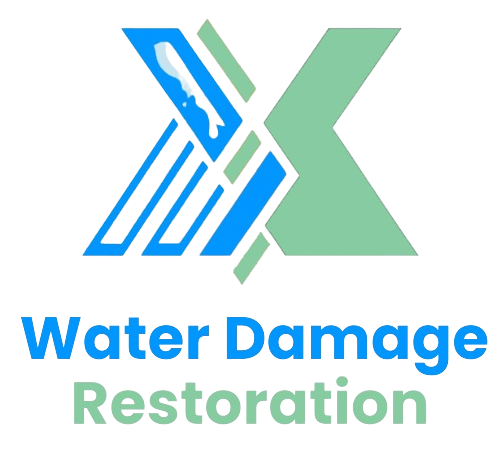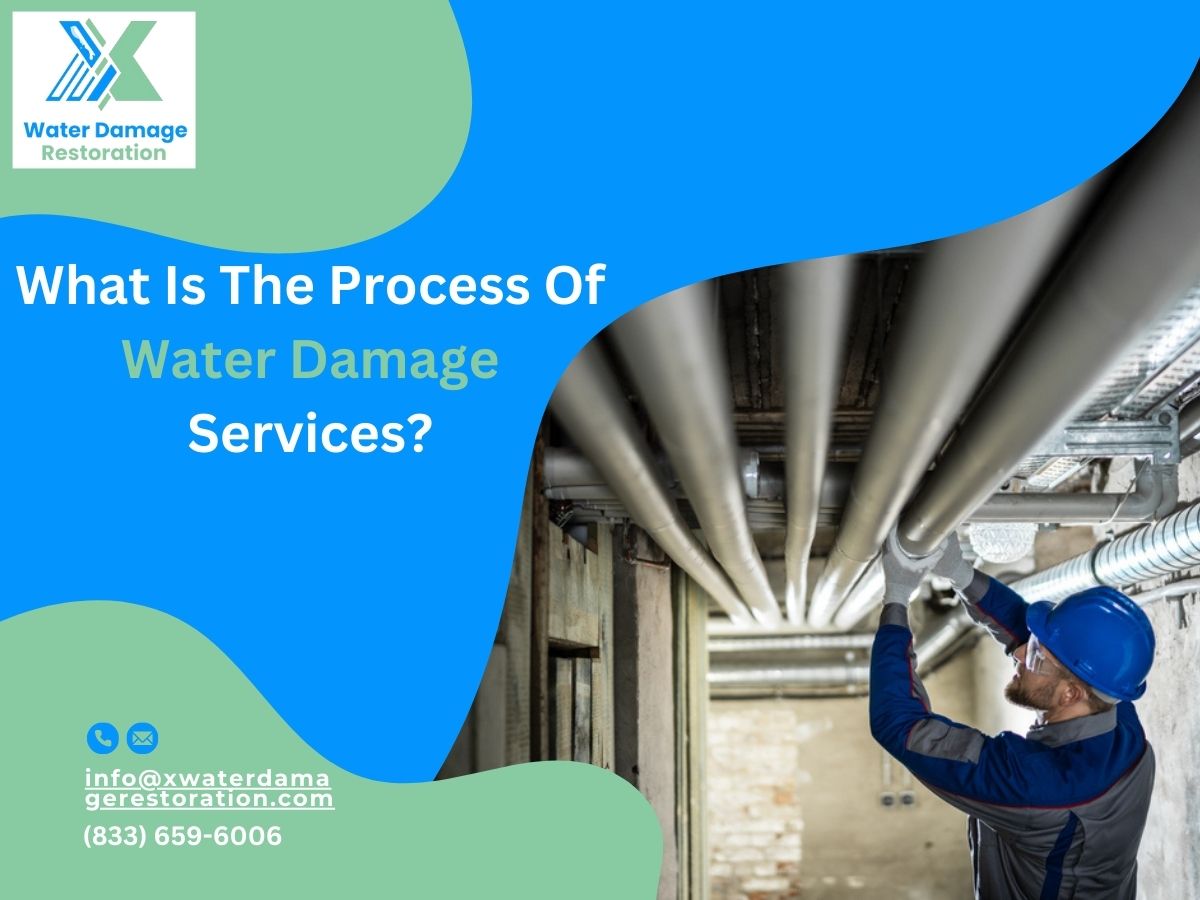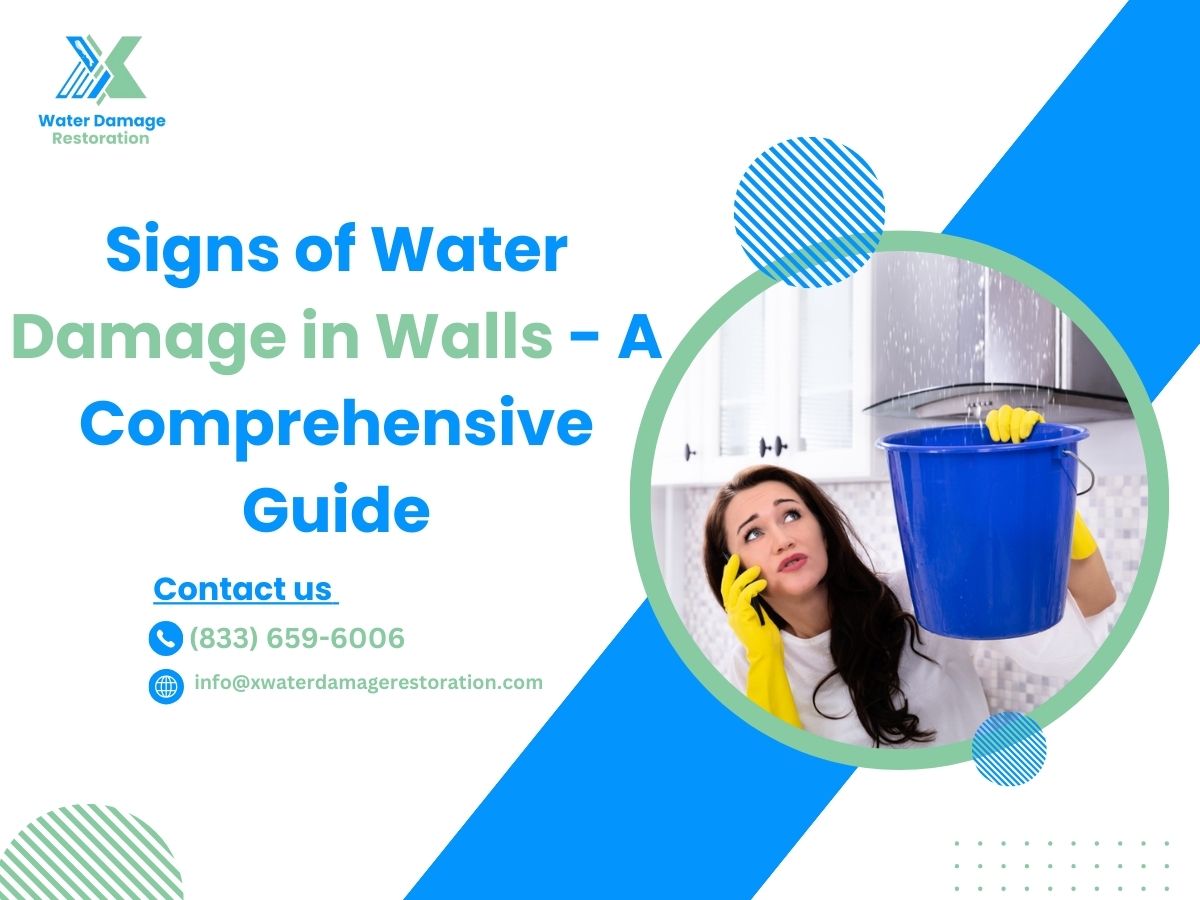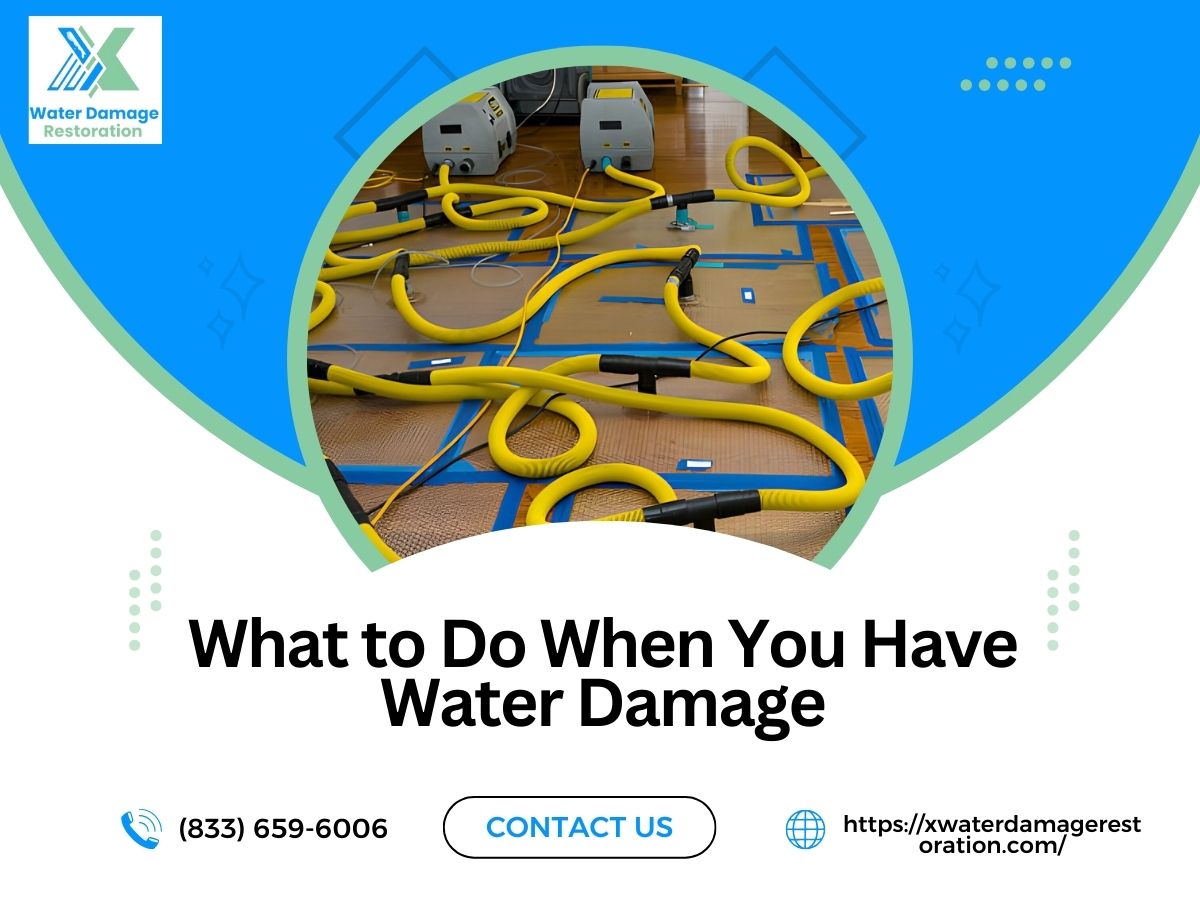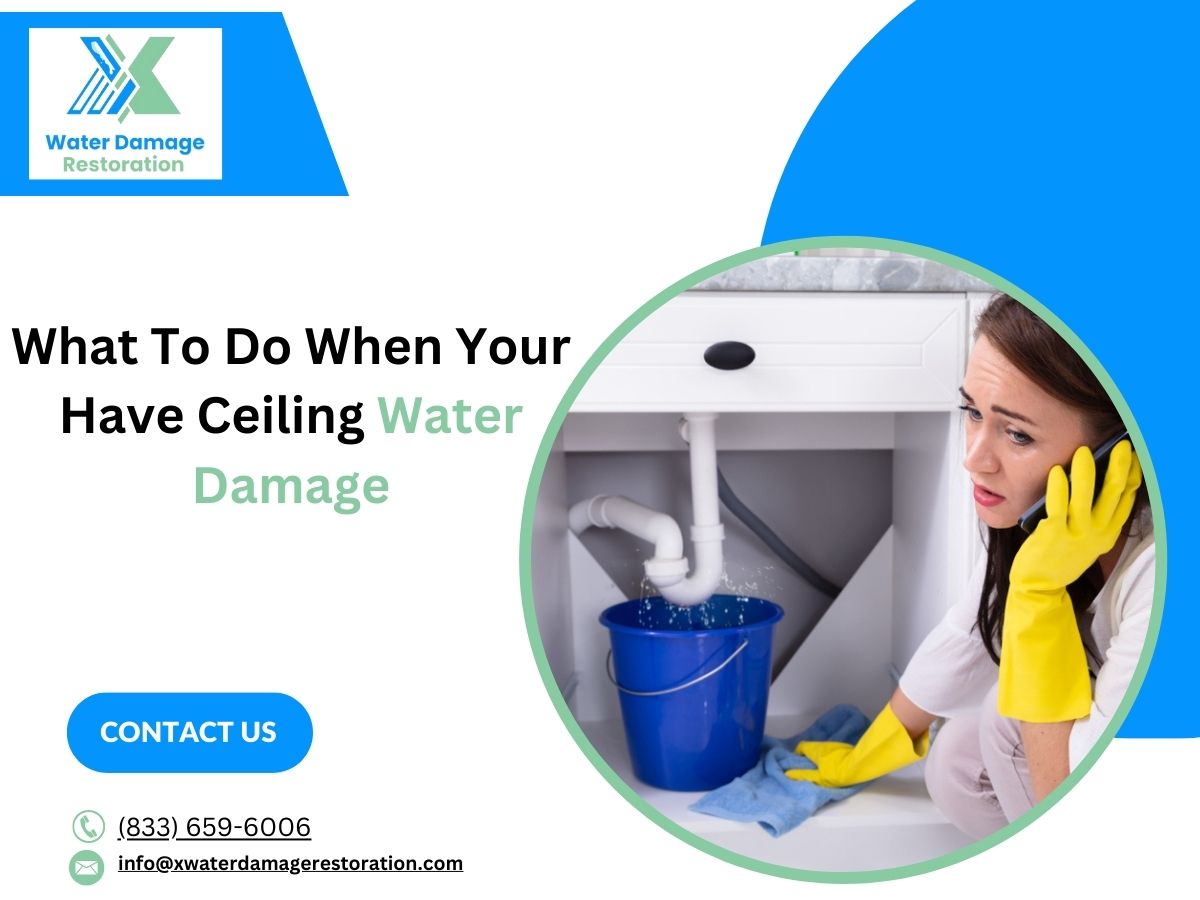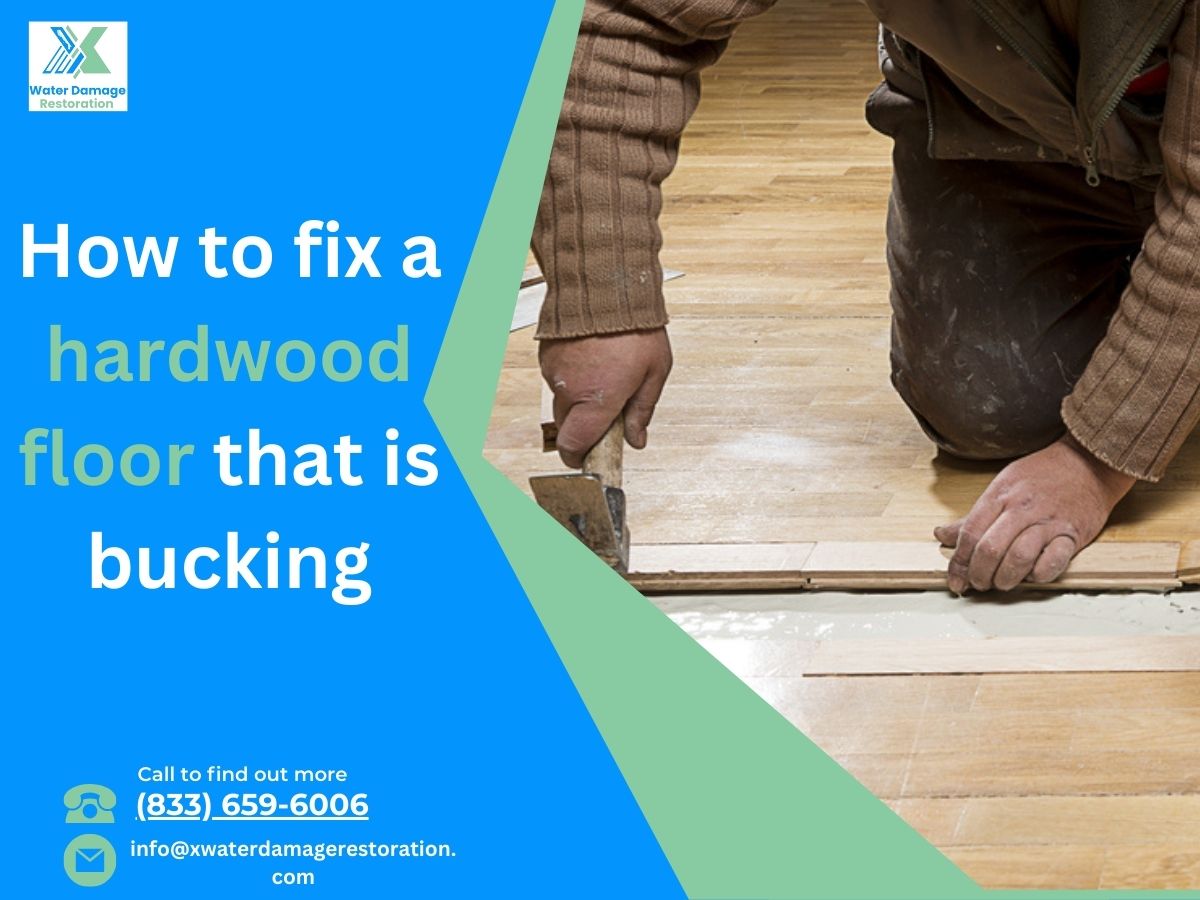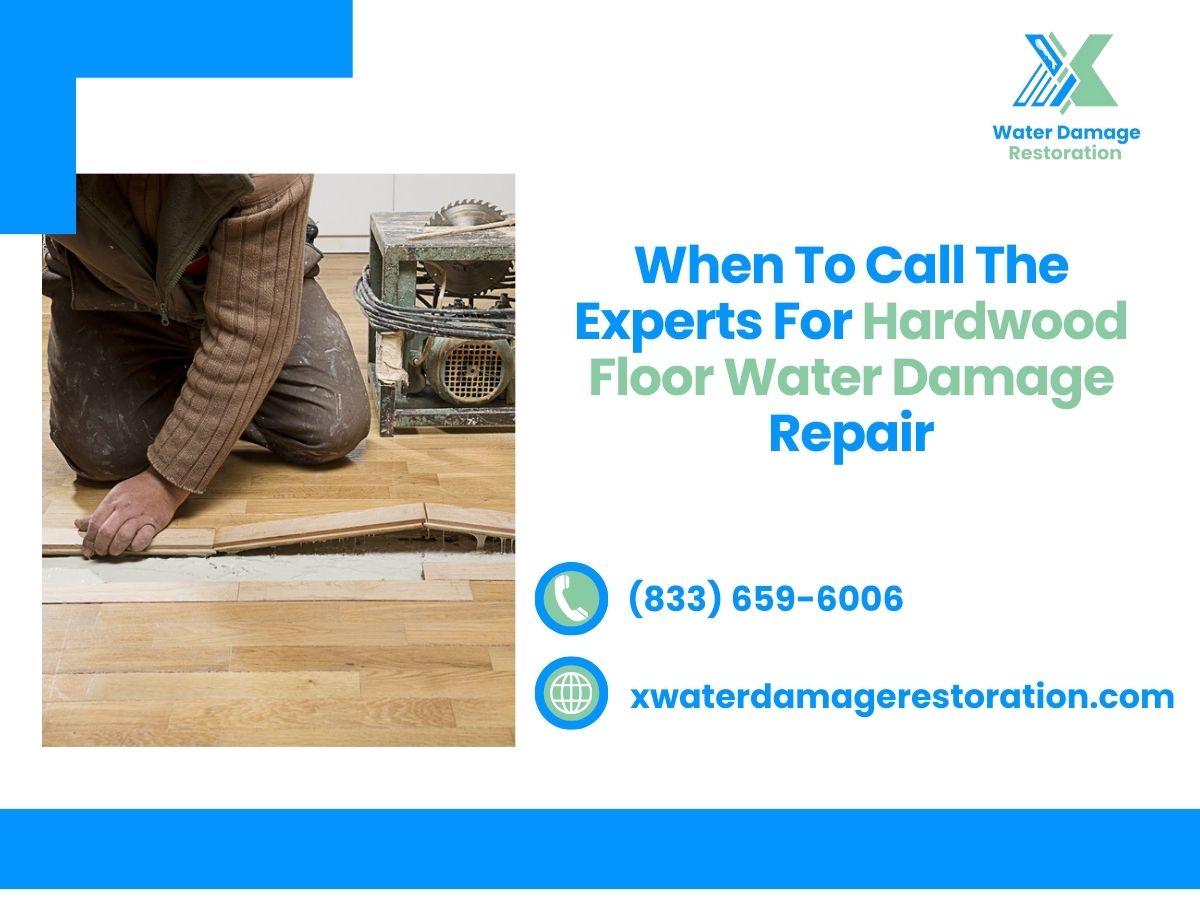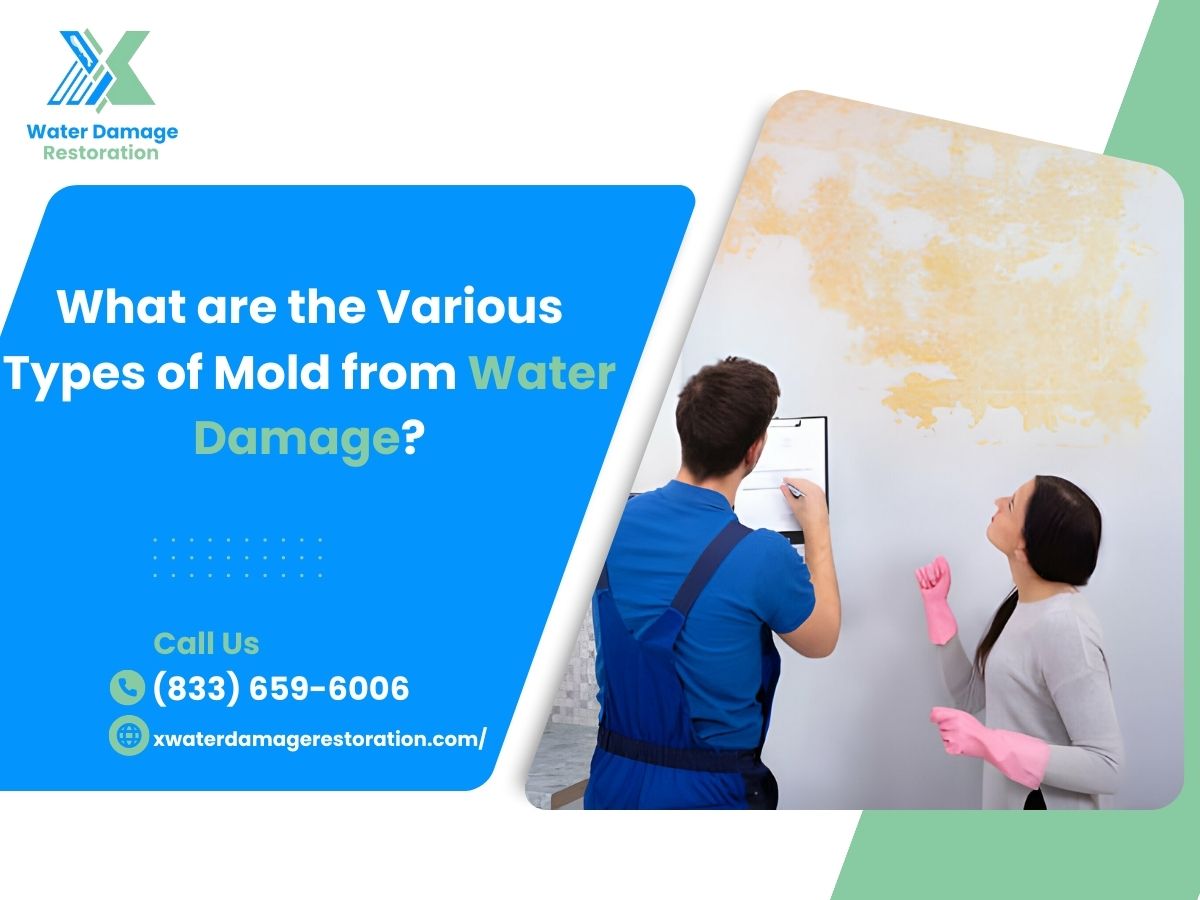When disaster strikes and water wreaks havoc on your property, you need more than just a quick fix – you need a comprehensive solution. That’s where X Water Damage Restoration in Texas steps in, offering expertise and support to guide you through the daunting water damage restoration process.
In this guide, we’ll peel back the curtain and shed light on the intricacies of water damage services. From initial assessment to final cleanup, we’ll walk you through each step of the journey, ensuring a smooth path to recovery.
Chapter 1: Assessment and Inspection
The first step in the water damage restoration process is assessment and inspection. Trained professionals from X Water Damage Restoration will thoroughly inspect the affected areas to determine the extent of the damage.
Using advanced tools and techniques, our team will identify the source of the water intrusion, assess structural integrity, and evaluate the risk of mold growth. This initial assessment lays the groundwork for developing a customized restoration plan tailored to your needs.
Chapter 2: Water Extraction
Once the assessment is complete, the next priority is water extraction. Using powerful pumps and extraction equipment, the X Water Damage Restoration team will swiftly and efficiently remove standing water from your property swiftly and efficiently.
Every minute counts during this stage, as lingering moisture can lead to mold growth and further damage. By promptly extracting water, we’ll mitigate the risk of secondary issues and lay the foundation for thorough drying and restoration.
Chapter 3: Drying and Dehumidification
With the water removed, the focus shifts to drying and dehumidification. X Water Damage Restoration utilizes industrial-strength air movers, dehumidifiers, and specialized drying equipment to effectively eliminate moisture from the air and surfaces.
This crucial step prevents mold and mildew growth, preserves structural integrity, and helps salvage belongings. The team monitors moisture levels closely throughout the drying process, adjusting equipment to ensure thorough and efficient drying.
Chapter 4: Cleaning and Sanitization
The cleaning and sanitisation phase begins once the affected areas are thoroughly dry. X Water Damage Restoration employs professional-grade cleaning and disinfectants to remove contaminants, bacteria, and odors from surfaces.
Every inch of the affected area is meticulously cleaned and sanitized to restore a safe and healthy environment, from carpets and upholstery to walls and floors. This step not only improves indoor air quality but also ensures the longevity of your property.
Chapter 5: Restoration and Reconstruction
The final phase of the water damage restoration process is restoration and reconstruction. With the structural integrity restored and the environment sanitized, X Water Damage Restoration’s skilled craftsmen set to repair and rebuild damaged areas.
Whether it’s replacing drywall, repairing flooring, or restoring electrical systems, we’ll handle every aspect of the restoration with precision and care. The goal is to return your property to its pre-damage condition, minimizing disruptions and restoring peace of mind.
Chapter 6: Follow-Up and Prevention
Even after restoration, X Water Damage Restoration doesn’t leave you hanging. We’ll follow up to ensure your satisfaction and provide guidance on preventive measures to safeguard against future water damage.
From routine maintenance to proactive upgrades, we’ll empower you to protect your property and prevent similar disasters from occurring in the future.
Conclusion:
Water damage can be a daunting and overwhelming experience, but with the right support and expertise, you can confidently navigate the process. X Water Damage Restoration in Texas offers comprehensive water damage services, guiding you through every step of the journey from assessment to restoration.
With our skilled team, advanced equipment, and unwavering commitment to excellence, you can trust that your property is in good hands. So, when water strikes, don’t panic – reach out to X Water Damage Restoration and take the first step toward recovery.
FAQS
What causes water damage?
- Various factors, including burst pipes, plumbing leaks, appliance malfunctions, storms, flooding, and sewage backups, can cause water damage. Even minor issues like dripping faucets or condensation buildup can lead to water damage over time if left untreated.
How quickly should water damage be addressed?
- Water damage should be addressed immediately to prevent further damage and mitigate the risk of mold growth and structural deterioration. Acting swiftly can help minimize repair costs and shorten the restoration process.
Can I handle water damage cleanup on my own?
- While it’s tempting to tackle water damage cleanup on your own, it’s advisable to see tackling it on your own is tempting, seeking professional assistance is advisable, and training to ensure thorough cleanup, proper drying, and effective restoration. Attempting DIY cleanup without the necessary knowledge and tools can lead to incomplete drying, mold growth, and other issues.
How long does the water damage restoration process take?
- The duration of the water damage restoration process depends on various factors, including the damage’s extent, the affected area’s size, and the type of water invodamage’s extent, the affected area’s size a few days to several weeks.The process can generally help expedite the process.
Will my homeowner’s insurance cover water damage restoration?
- Whether or not your homeowner’s insurance covers water damage restoration depends on the cause of the damage and the terms of your policy. Most standard homeowner’s insurance policies cover water damage caused by sudden and accidental incidents, such as burst pipes or appliance leaks. However, coverage for water damage resulting from flooding or neglect may require additional insurance or endorsements.
Is mold a concern after water damage?
- Yes, mold growth is a significant concern after water damage occurs. Mold thrives in moist environments and can begin to develop within 24 to 48 hours of water intrusion. Prompt water extraction, thorough drying, and sanitization are essential to prevent mold growth. If mold is already present, specialized mould is necessary to ensure the safe removal and prevent a recurrence.
